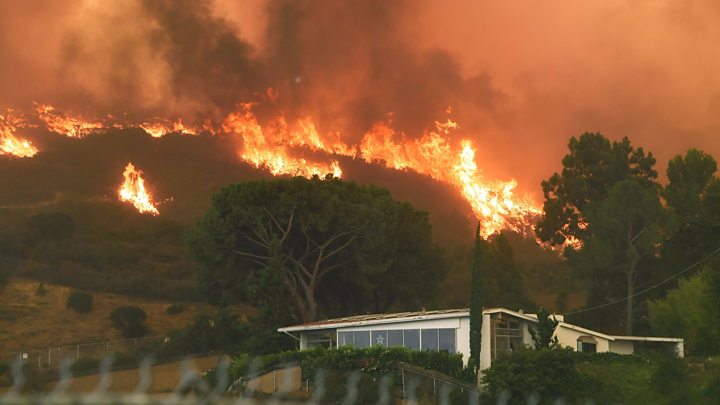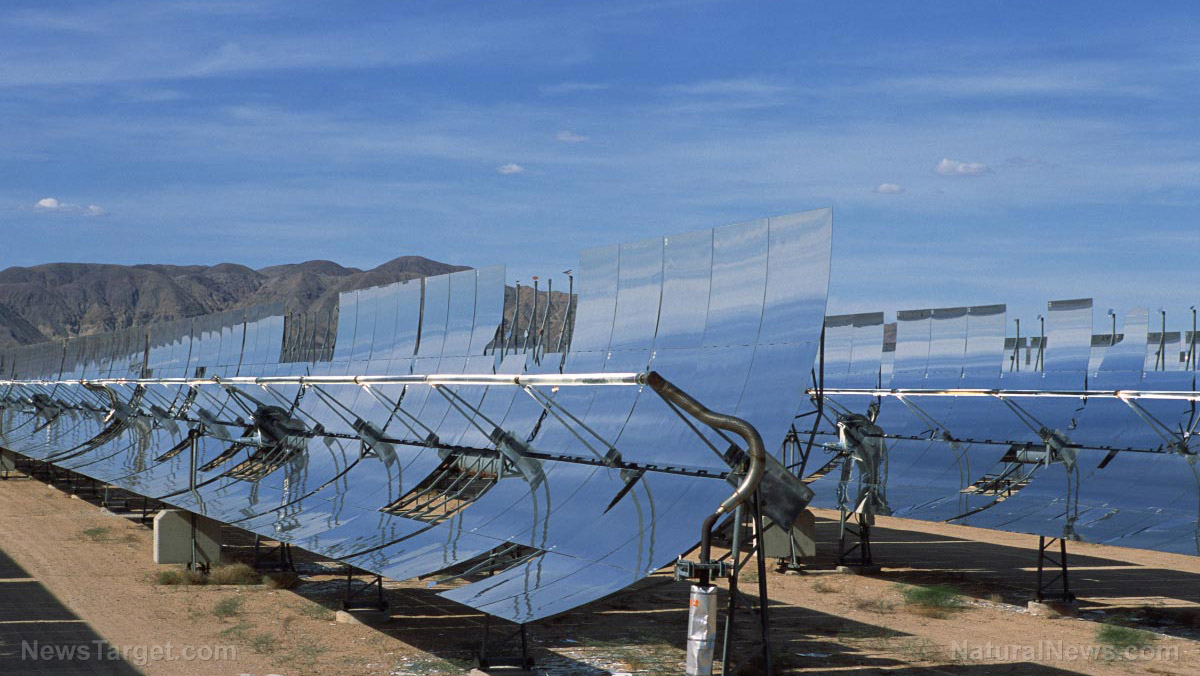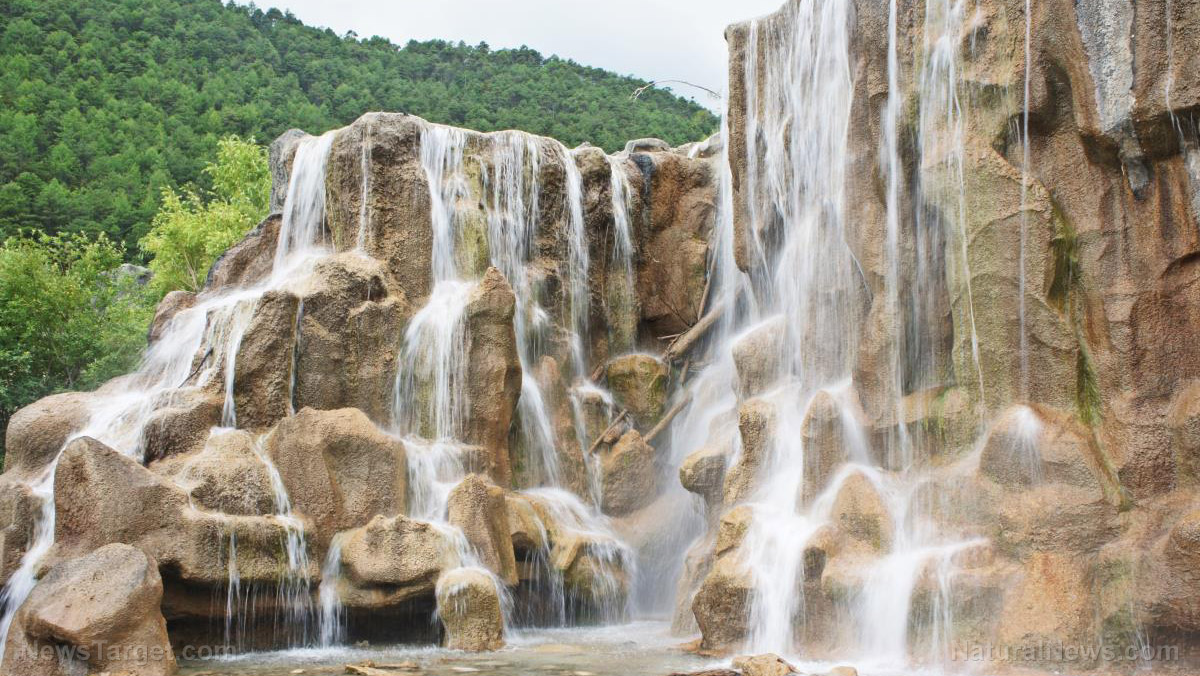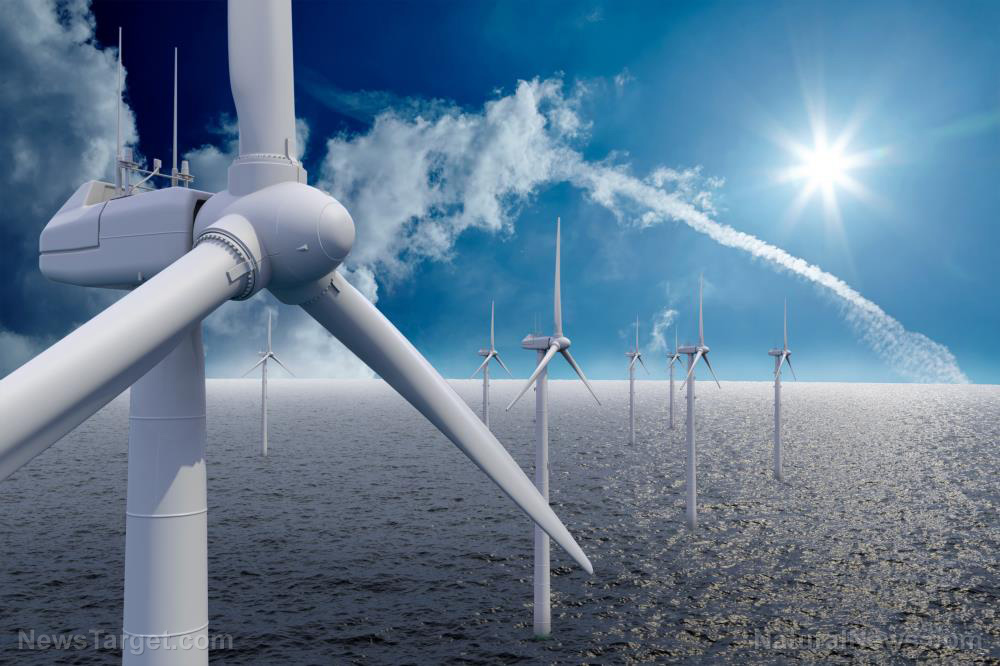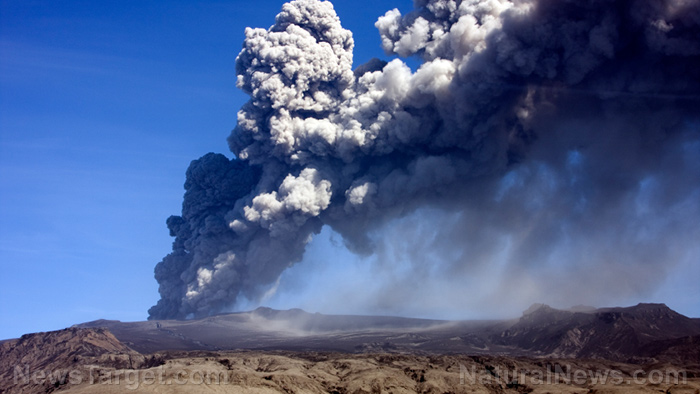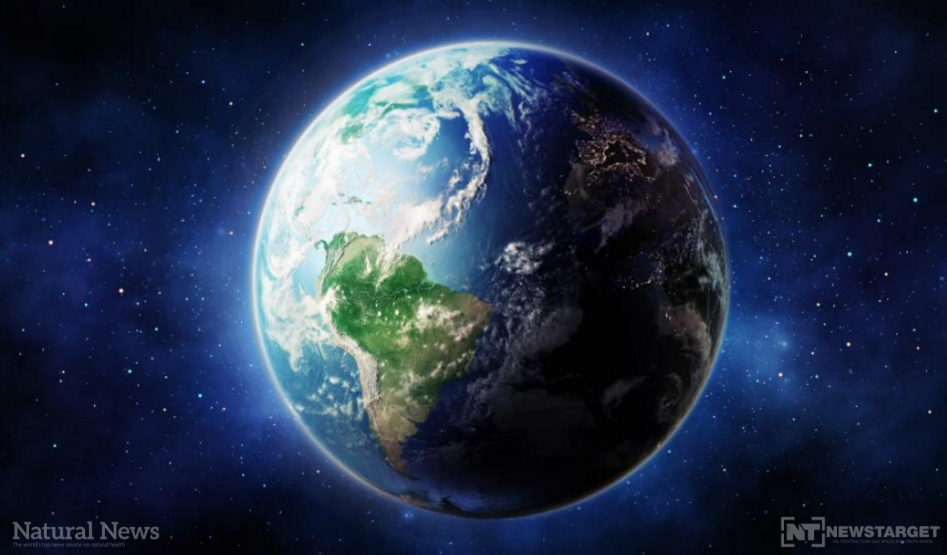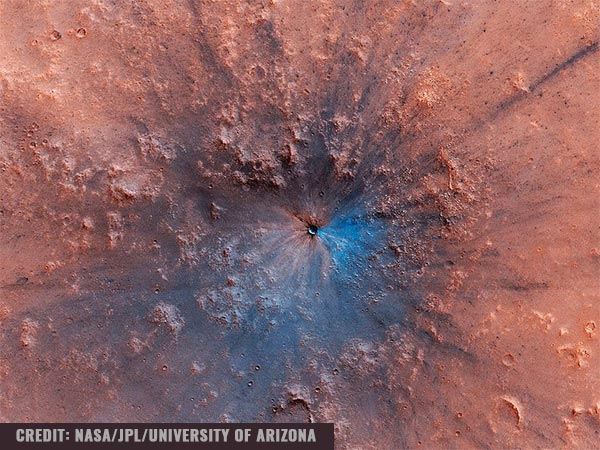Dry lightning worsens wildfires in the West
08/23/2020 / By Virgilio Marin
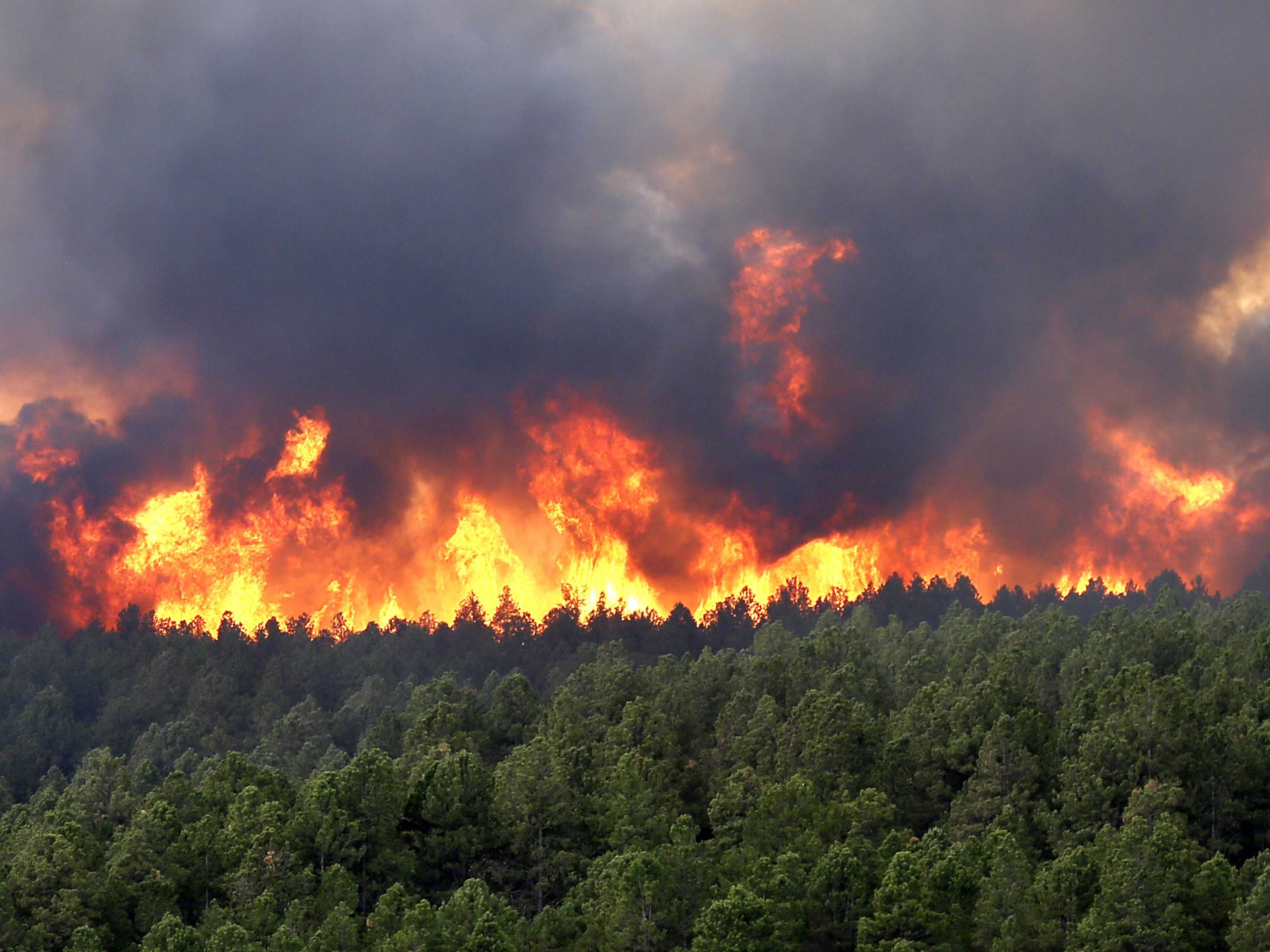
Lightning strikes have been triggering a lot of wildfires in the West. These are brought by the thunderstorms moving westward since last week – and extreme dry conditions and winds from the tropics are not helping.
Experts blame the southerly winds coming from the tropics for fueling the storms, which caused about 10,000 lightning strikes over the course of three days.
In California, the total active wildfires have already ravaged an area almost as big as Rhode Island as of August 21. More than a hundred thousand residents have been ordered to leave home while five people died due to the fires.
But forecasters with the National Weather Service‘s Bay Area office said that there could be more dry thunderstorms coming in the weekend.
Lightning strikes wildfires in the West
Wildfires are very common in the western United States, especially between August to November. In an outlook statement, the National Interagency Coordination Center (NICC) said that August represents the peak of the fire season for the West. The agency warned that the following areas are at high risk for wildfires: the Great Basin, the Pacific Northwest, the northern Rockies and northern California.
The NICC added that the North American Monsoon will increase the likelihood of lightning without moisture. And with the lightning, more wildfires are expected to occur.
“Given the dry fuels, any lightning will likely result in increased fire activity and above normal significant large fire potential into September,” reads the statement.
The recent boom in wildfire activity in various states coincided with the lightning barrage that swept through the West. The lightning barrage was likely caused by the southerly winds that blew from the tropics, which brought a lot of moisture north- and westward and fueled thunderstorms.
The storms were high-based so rain mostly evaporated before hitting the ground. These dry storms led to lightning without rain. And abetted by the dry and hot conditions, lightning struck dry fuel grounds and started the fires.
Both California’s August fire complexes and the Pine Gulch Fire in Colorado were said to be caused by lightning. (Related: The Pine Gulch Fire is now the second largest wildfire in Colorado history.)
Wildfire in California worsens
According to the National Interagency Fire Center (NIFC), there are about 92 active large fires across the United States. Most of the states currently reporting large fires are from the West, with California reporting the most number of cases at 27, followed by Oregon at 16.
The worst-hit is California. The fires in the state, including the smaller ones, have burned more than 771,000 acres of land as of August 21 – almost as large as Rhode Island. The biggest among the wildfires is the L.N.U. Lightning Complex stretching across Napa County and four other surrounding counties. It has burned more than 300,000 acres of land.
At least 119,000 people have been ordered to leave their homes while five people died due to the fires. Three of them were found in a burned-down house in a rural area in Napa County while another died due to a helicopter crash.
Air quality is also worsening; a satellite image taken using the Geostationary Operational Environmental Satellite 17 (GOES-17) shows a wide swatch of smoke hovering over California and other states.
Meanwhile, firefighters are struggling to contain the fires, which are particularly extensive on the state’s north.
“Throughout the state of California right now, we are stretched thin for crews,” said state fire spokesman Will Powers. “Air resources have been stretched thin throughout the whole state.”
It isn’t likely that California’s wildfires will start letting up soon; more dry thunderstorms are expected to come, bringing lightning without rain and strong winds to an already-burning region.
California Governor Gavin Newsom on Friday asked for help from other states, saying their efforts are not enough to stamp the massive fires.
Climate.news has more on the ongoing wildfires in California.
Sources include:
Tagged Under: California, Climate, disaster, environment, fires, lightning, natural disaster, thunderstorm, weather, wildfires



